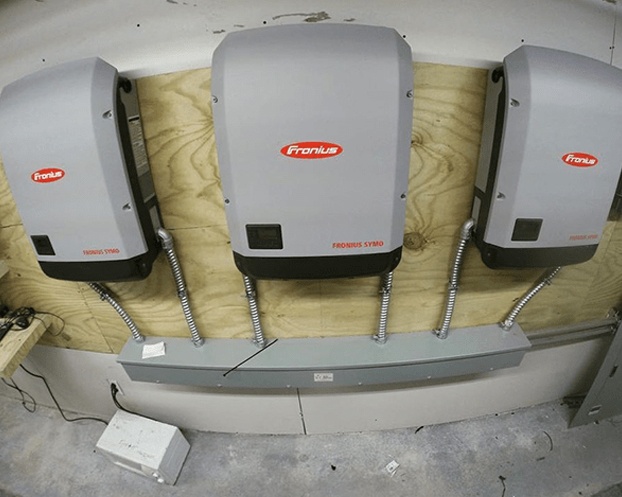
We have been helping businesses reduce their electricity bill with solar power in Houston since 2013. Having successfully installed over 300 solar systems throughout the greater Houston area, our crew is one of the most experienced in the region and we are ready to tackle your project. Houston Solar Energy specializes in medium-scale commercial and industrial solar systems (and the occasional large residential system). We have installed solar panels on warehouses, office buildings, schools, churches, retail, government buildings, homes, and well…you get the point. Every project is custom-designed for your specific roof and electrical consumption patterns. We do not sell pre-packaged solutions because we recognize that your project deserves our hands-on attention and every detail matters. Please contact Houston Solar Energy today to see how we can help you save.
Why choose Houston Solar Energy?
We are local. We are real. Houston Solar is not a faceless telemarketing company based in California trying to sell cookie-cutter solar systems to Houston companies. We live here. We work here. And we know this city. (Plus we never robocall anyone!) Our business is built almost entirely on referrals from existing satisfied customers. Ultimately, trusted relationships are the key to your success as well as ours.



